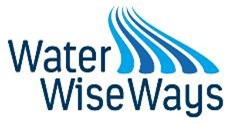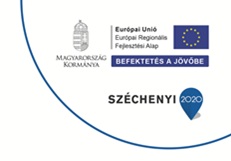 |
INNOVÍZ - Innovatív megoldások a felszín alattivízkészletek fenntartható hasznosításaérdekében |
 |
| Projekt eredmények |
20. Felszín alatti vezetékek sérülékenységét befolyásoló kockázati tényezők vizsgálta
Thien Hoang Dinh, Tamás Madarász, Balázs Kovács and Zsombor Fekete: Adopted and evolved statistical tools for driving factor identifi-cation and failure susceptibility evaluation of burial water pipeline
Abstract: Among important urban infrastructures, underground water pipelines are expanding to form an ever intricate but sensitive network, affected by a variety of factors (e.g. pipe ages/materi-als/diameters/lengths/capacities, soil conditions, traffic coverage and volumes, stray currents, un-derground water electrical conductivity and environmental conditions). In such complex working conditions, these ageing tubular structures pose unprecedented challenges for their failure investi-gation and maintenance purposes. Meanwhile, geographic information system (GIS) and compu-ting technique have advanced greatly recently yet been applied to available GIS pipe network data. In an attempt to serve proactive planning, this study has adopted a commonly-used method in the geo-hazard and evolved a couple of equations to objectively and numerically identify the driving factors and evaluate the susceptibility of the subsurface pipelines. The tailored method has been proven to be reliable by using receiver operating characteristics (ROC) with its area under the ROC curve (AUC) of 0.84. This statistical approach is applicable to any burial network databases, includ-ing small and complicated local one, where municipalities have a modest resource to afford profes-sional management programmes and systematic rehabilitation strategies. Besides, the proposed method would work as an effective aid to elevate the leak individuation procedure in both time and expense manner.
PUBLICATION IN PROGRESS